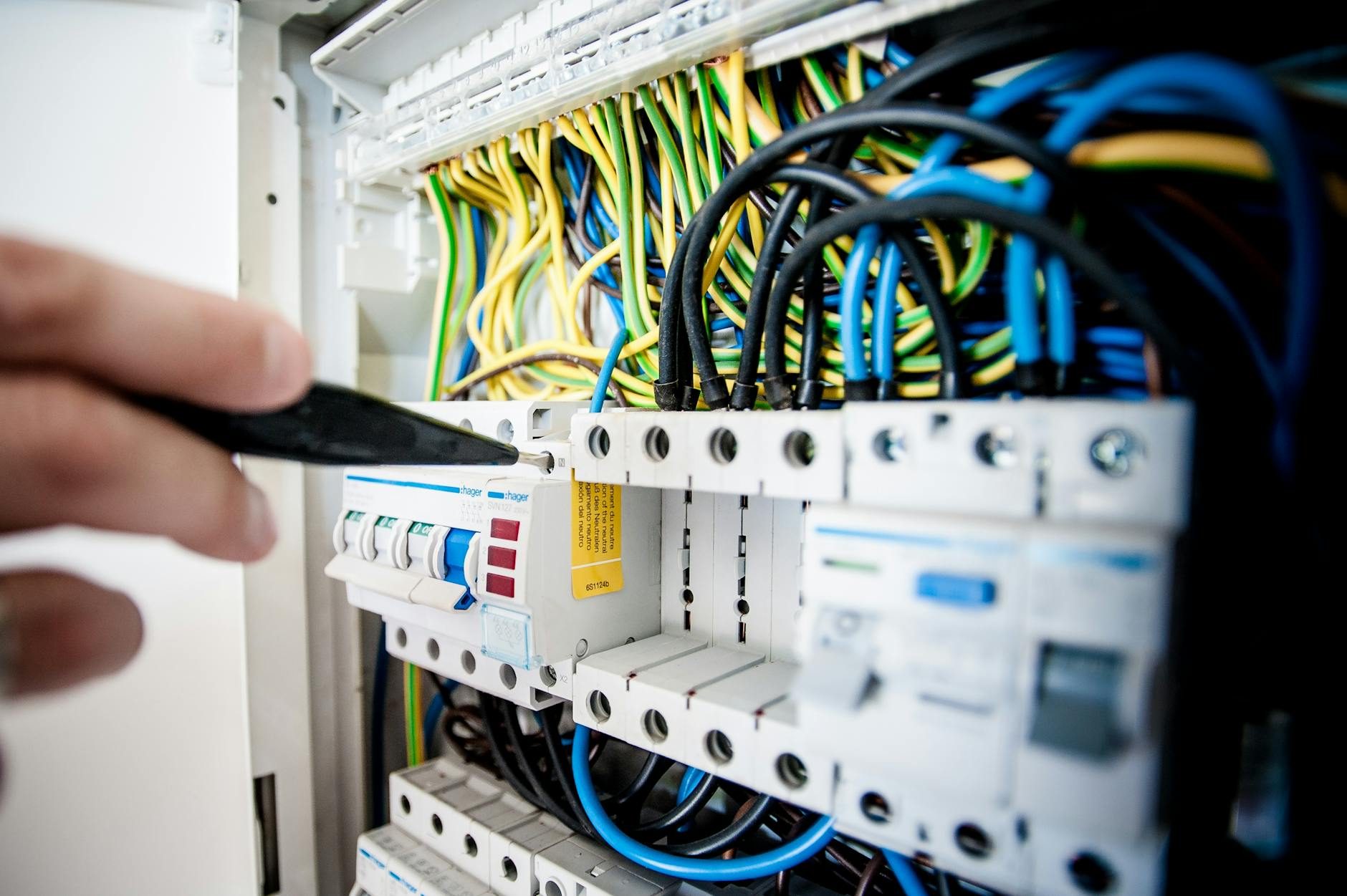The escalating energy demands of artificial intelligence are fueling worries about a potential global energy crunch and its environmental consequences. AI’s appetite for electricity is growing at an exponential rate, raising the specter of it consuming as much power as entire nations. A significant portion of the 4.3% global electricity demand surge in 2024 can be attributed to AI’s rapid expansion. In 2022, data centers, with AI as a key component, already accounted for approximately 2% of worldwide electricity usage. Predictions indicate that AI-related data centers alone could require an extra 10 gigawatts of power by the close of 2025. While training sophisticated AI models like GPT-4 demands substantial energy, the ongoing operation of these models contributes over 80% to AI’s overall energy footprint. Addressing this challenge requires a shift towards sustainable energy sources, with renewable options and nuclear power emerging as potential solutions. Tech giants are investing in renewable energy infrastructure, yet consistency in supply remains a hurdle. Nuclear power is gaining traction as a dependable, low-carbon alternative. Beyond electricity, AI’s environmental impact extends to water consumption for data center cooling and the generation of electronic waste. Initiatives are being pursued to optimize AI algorithms for enhanced energy efficiency and to encourage on-device AI processing. A sustainable future for AI hinges on collaborative efforts among researchers, the tech sector, and policymakers to prioritize energy conservation and responsible hardware lifecycle management.
AI’s Thirst for Power: Is a Sustainable Future Possible?
